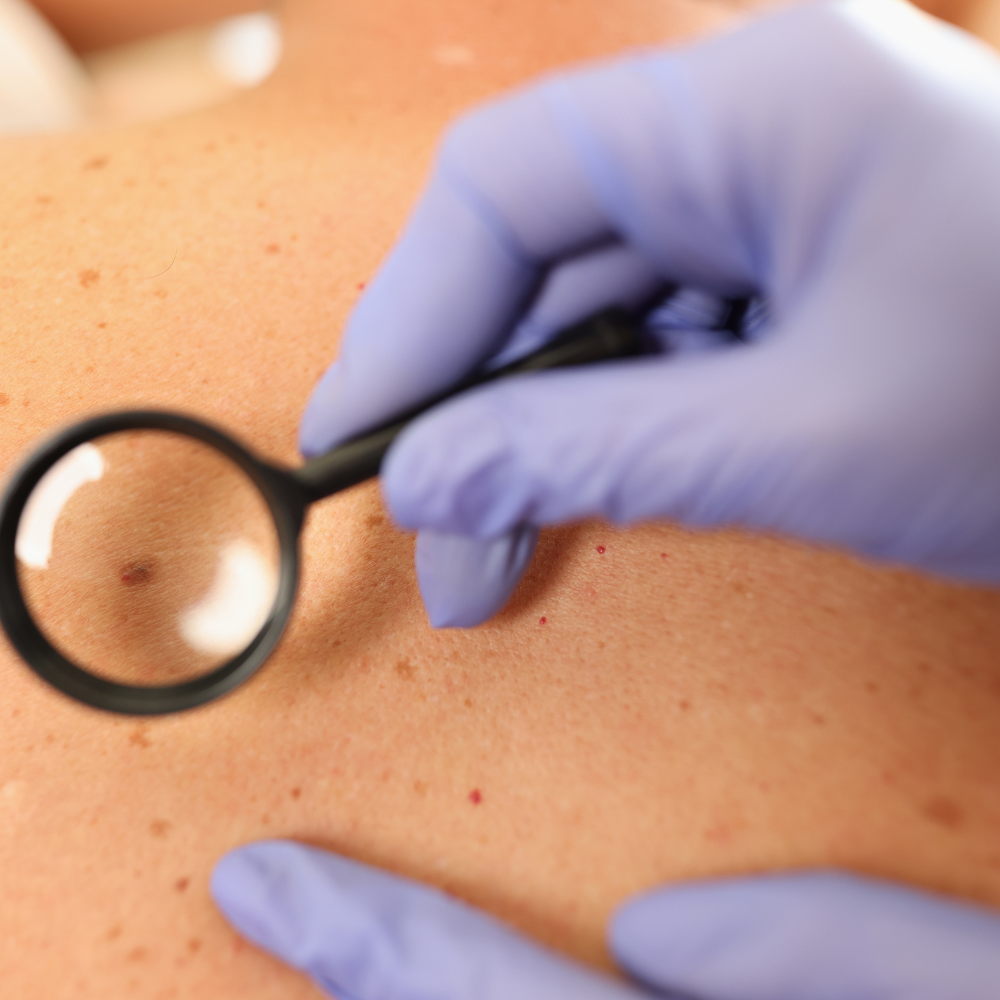
Breakthrough in the treatment of type 2 diabetes
A peptide has now been developed which belongs to a new class of antidiabetics. It is able to correct metabolic abnormalities that lead to type 2 diabetes and its associated comorbidities such as insulin resistance. The new development could represent a significant breakthrough in the treatment of diabetes.
A new study involving experts from the University of Birmingham has tested a peptide called PATAS, which reduces whole-body insulin resistance in vivo while improving glucose intolerance, fasting blood sugar, fatty liver and fibrosis in rodents.
The results were published in the English-language journal Diabetes.
About 537 million people have diabetes
Diabetes mellitus is a chronic disease that affects approximately 537 million people worldwide. Most of those affected have type 2 diabetes. The prevalence of type 2 diabetes has been increasing for decades, due to an aging population, lack of exercise and poor diet, the team said.
Additionally, the age at which people develop diabetes is also decreasing. The disease is also increasingly common in young people and children.
weaknesses of existing drugs
The drugs currently available are designed to treat the consequences of type 2 diabetes. To do this, they mainly focus on lowering blood sugar levels, explain the researchers.
Although there is an urgent need to develop new effective treatment options for diabetes, no breakthrough therapeutic treatments have appeared on the market for more than a decade.
What are Adipeutics?
The newly developed peptide PATAS could help here. It belongs to a new class of diabetes medications called adipeutics. These are drugs for treatments that specifically affect fat cells.
How does PATAS work?
PATAS works by specifically targeting adipocytes (i.e. fat cells), restoring glucose entry and thereby correcting the metabolic physiology of adipose tissue, the experts explain.
In the study, the new form of treatment was able to specifically restore glucose uptake in animal model adipocytes. This led to treatment for insulin resistance, which had positive effects throughout the body, the researchers continue to report.
PATAS could also help with other illnesses
The effects of the therapy are also very promising for diseases other than type 2 diabetes. The researchers explain that treating insulin resistance also helps against a large number of serious diseases that can be attributed to resistance.
The current study is the result of many years of intensive laboratory work. Years earlier, researchers identified a new therapeutic target for type 2 diabetes when they studied a rare disease called Alstrom syndrome.
Insulin resistance caused by adipose tissue abnormalities
At that time, adipose tissue abnormalities, which are triggered by the dysfunctional ALMS1 protein, were shown to lead to extremely severe insulin resistance in people with Alstrom syndrome.
Such severe insulin resistance is associated with the early onset of type 2 diabetes. However, if protein function was restored in fat cells, this led to what is known as l blood sugar balance to return to normal in animal models, according to the team.
The experts then focused more closely on ALMS1 and more specifically on its interaction with other proteins in fat cells. The team found that in the absence of insulin, ALMS1 binds to another protein called PKC alpha.
The activation of insulin in adipocytes leads to the separation of these two proteins. This causes glucose to enter cells. The researchers explain that this connection between the two proteins persists in people with diabetes (who are insulin-resistant).
PATAS interrupts the interaction between ALMS1 and PKC alpha
Armed with this knowledge, the experts developed the PATAS peptide. The peptide is able to disrupt the interaction between ALMS1 and PKC alpha, restoring insulin signaling in fat cells.
Thus, with the help of PATAS, it became possible to restore normal fat cell physiology by restoring glucose uptake in mouse models.
"Thanks to PATAS, adipocytes that had lost access to glucose were able to regain it and then metabolize it to synthesize and secrete useful lipids throughout the body," study author Vincent Marion said in a statement.
Significant improvement in insulin resistance achieved
“These positive effects are visible in our animal models, which show a significant improvement in insulin resistance. Other parameters and comorbidities are also improved, including better glycemic control and a decrease in hepatic fibrosis and steatosis,” adds the expert.
Next, the team is planning a clinical trial to study PATAS in humans. The development of a new class of anti-diabetic drugs could significantly improve the treatment not only of type 2 diabetes, but also of many other cardio-metabolic diseases in which dysfunctional adipocytes and insulin resistance are problems. . (as)
Author and source information
Show nowThis text corresponds to the specifications of the specialized medical literature, medical guidelines and current studies and has been verified by health professionals.
Sources:
Edwige Schreyer; Cathy Obringer; Nadia Messadeq; Bruno Kieffer; Paul Zimmet, et al. : PATAS, a first-in-class therapeutic biological peptide, improves whole-body insulin resistance and associated comorbidities in vivo; in: Diabetes (published on 07/13/2022), DiabèteINSERM (National Institute for Health and Medical Research): Towards a new class of drugs in the treatment of type 2 diabetes (published on 07/13/2022) , INSERMImportant note:
This article contains general advice only and should not be used for self-diagnosis or treatment. It cannot substitute a visit to the doctor.



